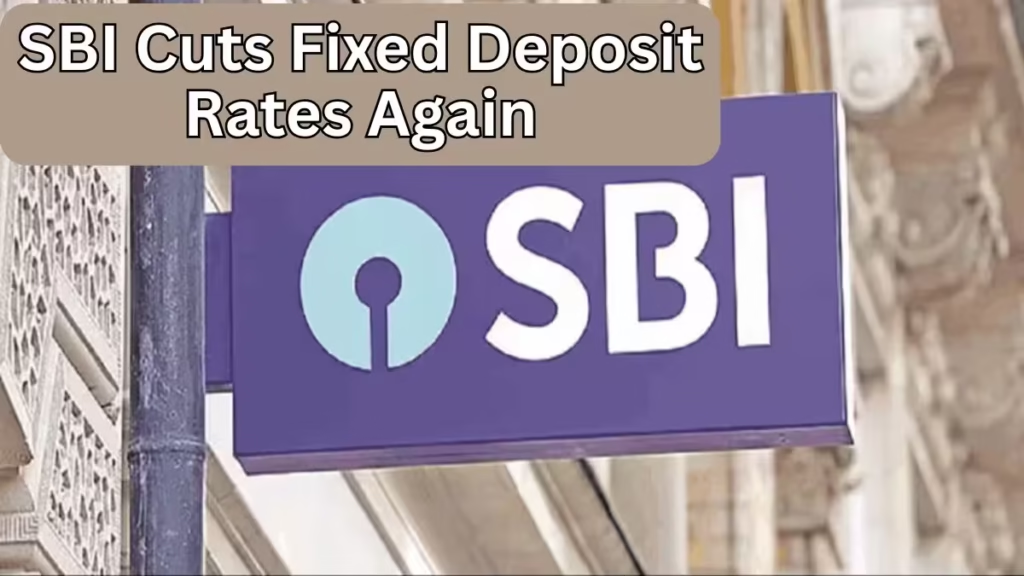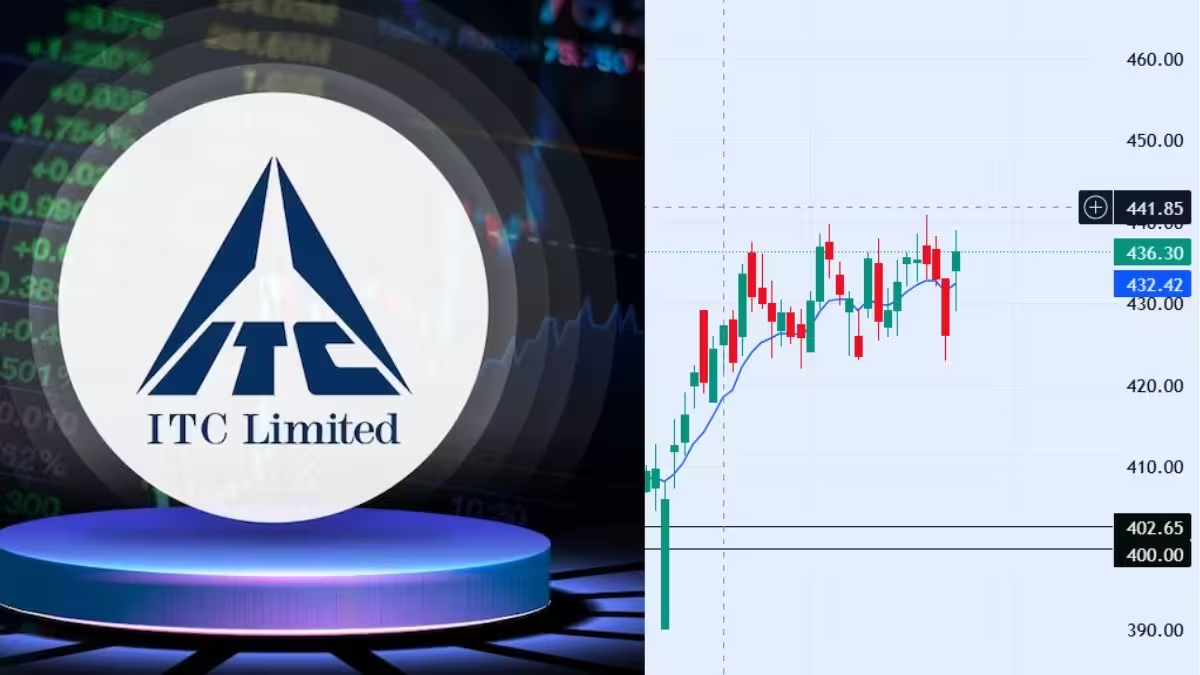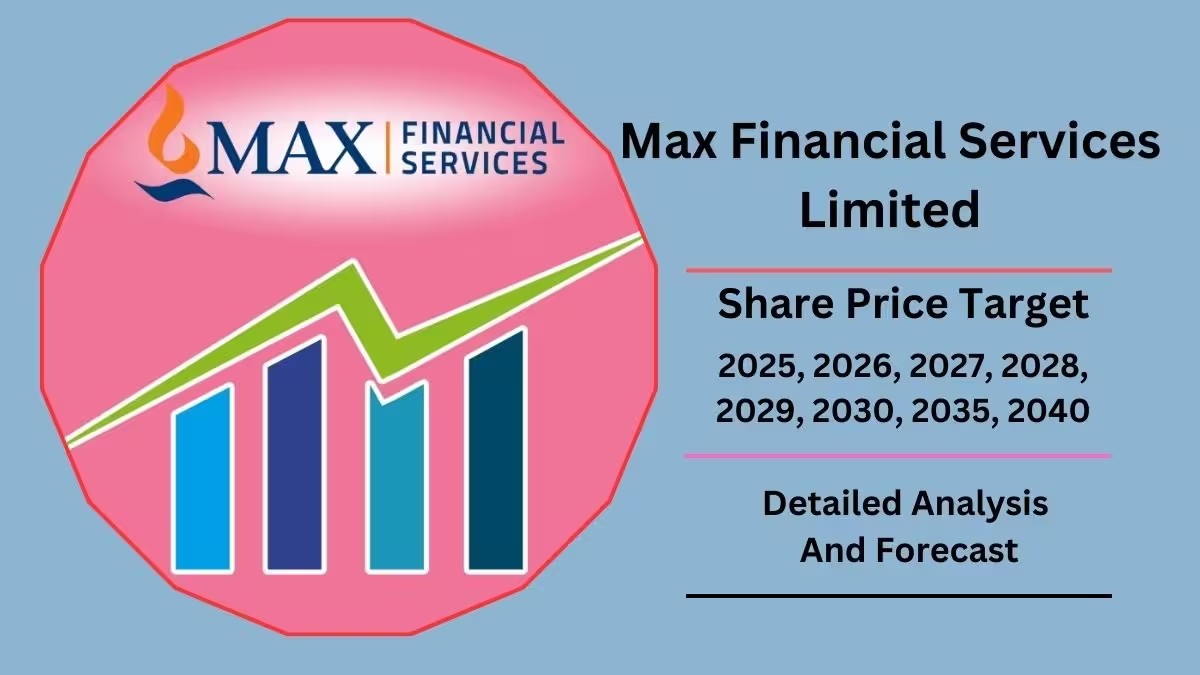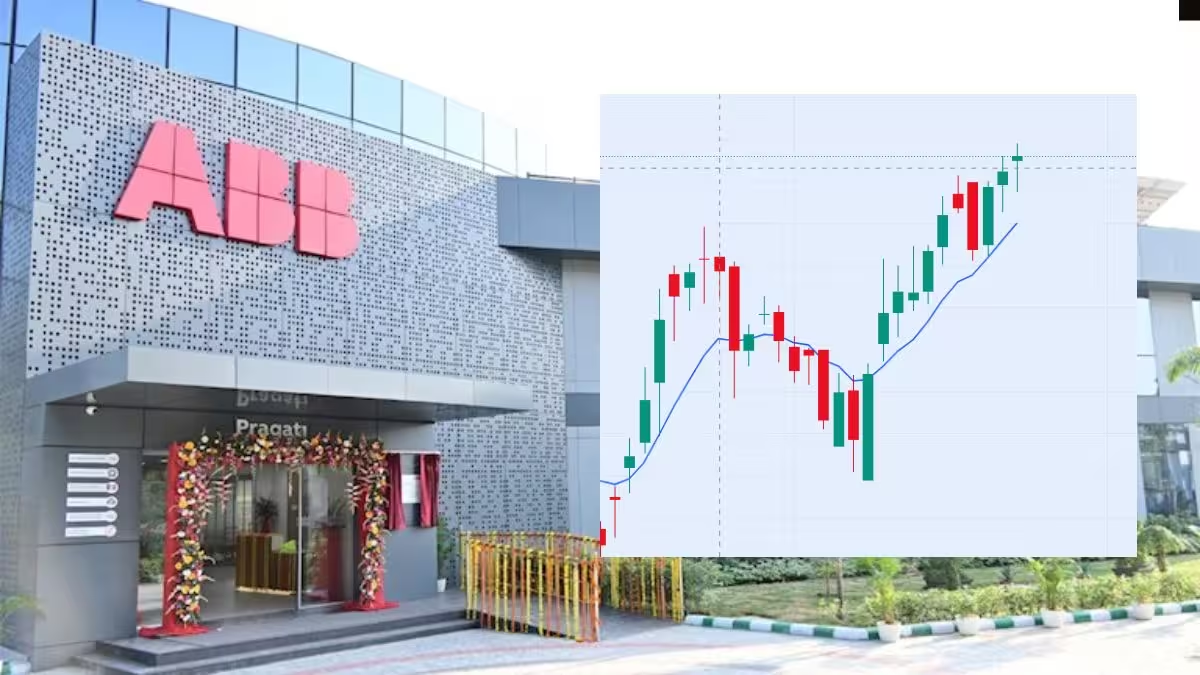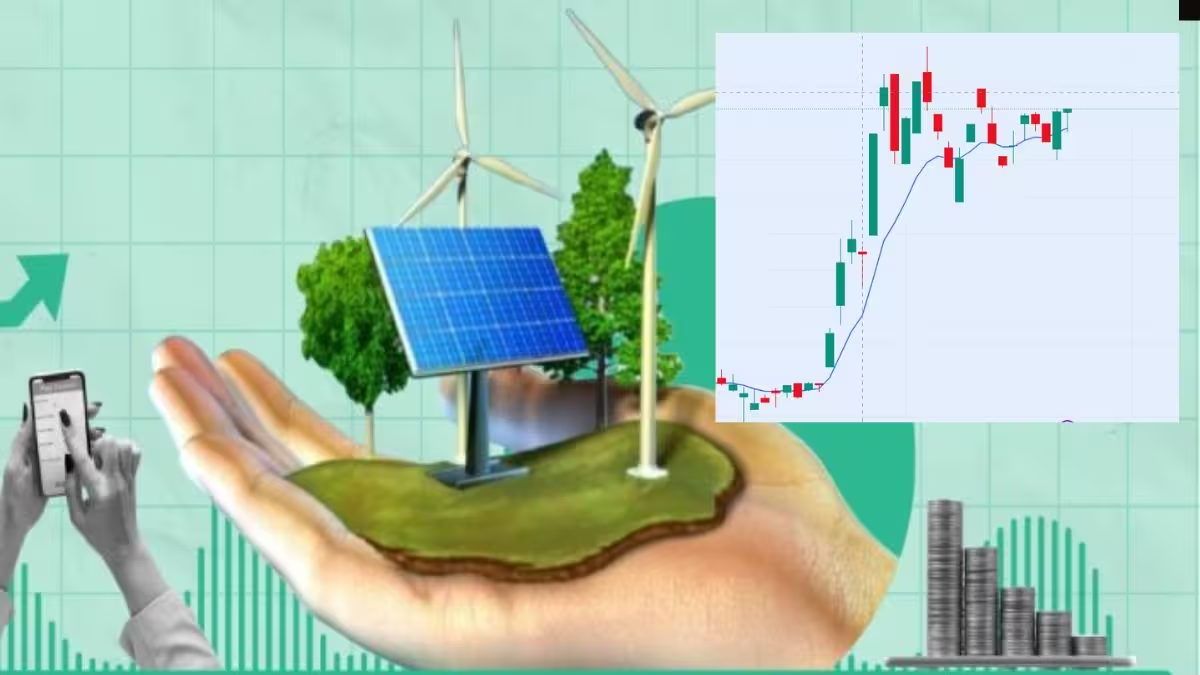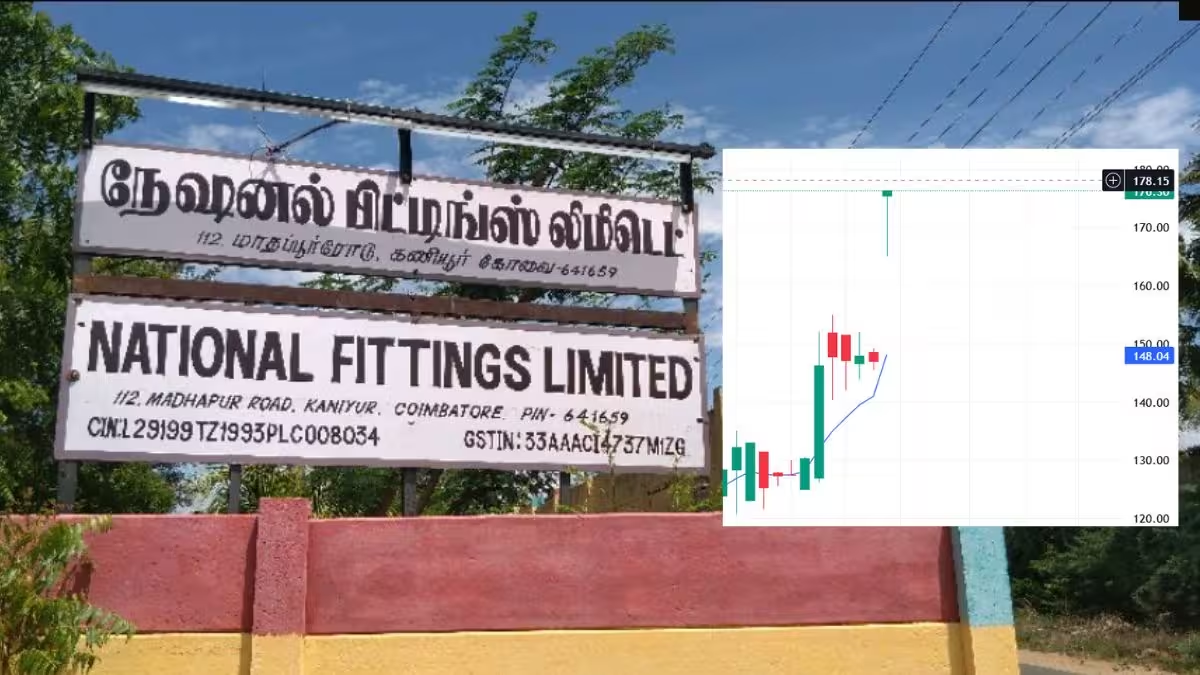If you’ve been relying on fixed deposits to grow your savings, there’s something you need to know. The State Bank of India (SBI), the country’s largest public sector bank, has once again reduced interest rates on its fixed deposit (FD) schemes. And yes, these new rates are effective from May 16, 2025.
In this blog, we’ll break down what these FD rate changes mean, how they could affect your savings strategy, and what alternatives you might want to consider. Let’s dive right in.
Why Are FD Interest Rates Important?
Fixed deposits have long been one of the most trusted investment options for Indian households. Why? Because they:
- Provide guaranteed returns unlike the stock market.
- Are low-risk, making them ideal for conservative investors.
- Offer fixed interest payouts, either monthly, quarterly, or at maturity.
But here’s the catch: When the interest rates drop, so do your returns. That’s why any change in FD interest rates, especially by major banks like SBI, is big news.
What’s New: SBI’s Updated FD Rates as of 16 May 2025
Let’s get straight to it. According to the latest update from SBI:
- Interest rates have been reduced by up to 15 basis points (0.15%) for select tenures.
- The changes apply to fixed deposits below ₹2 crore.
- Senior citizens will continue to get additional interest (usually 0.50%) over the standard rates.
Read Also: Vivo to Launch Three New Budget Mid-Range Smartphones Soon
Quick Glance: Revised SBI FD Rates (Below ₹2 Crore)
Here’s a simplified snapshot of the revised interest rates for general customers:
- 7 days to 45 days: 3.00% (unchanged)
- 46 days to 179 days: 4.50% → 4.35%
- 180 days to 210 days: 5.25% → 5.10%
- 211 days to less than 1 year: 5.75% → 5.60%
- 1 year to less than 2 years: 6.80% (unchanged)
- 2 years to less than 3 years: 7.00% → 6.85%
- 3 years to less than 5 years: 6.75% → 6.60%
- 5 years and up to 10 years: 6.50% (unchanged)
So if you’re planning to put some money away for a couple of years, you’ll need to adjust your expectations slightly—especially with mid-term deposits (say, 2 to 3 years) seeing noticeable dips.
What Does This Mean for You?
Okay, now that the numbers are out of the way, let’s talk about how this could impact your financial plans.
1. Lower Returns for Mid-Term Savings
If you were hoping to lock your funds away for 2 to 3 years, you’ll now earn 0.15% less interest compared to before. Over time, that could mean thousands of rupees less in your final maturity amount.
2. Senior Citizens Still Get an Edge
While the base rates have dropped slightly, senior citizens continue to enjoy extra interest—usually 0.50% more than the general customers. So, if you’re above 60, you might still find FDs a decent choice.
3. Short- and Long-Term FDs Are Less Affected
Good news if you’re planning for either very short (under 6 months) or long-term (5+ years) deposits—their rates have not changed this time. That said, inflation can quietly eat into your real returns, especially on long-term savings.
Read Also: Trump Visits Middle East to Discuss Oil, Arms Deals, and Nuclear Strategy
Why Did SBI Reduce FD Rates Again?
This isn’t happening in isolation. There are a few reasons behind this move:
- Monetary policy signals: The Reserve Bank of India (RBI) hasn’t raised repo rates for months now, which hints at a stable or softening interest rate environment.
- Liquidity surplus: Banks currently have more liquidity (cash) than they need. Less demand for deposits means they don’t need to offer high interest to attract your money.
- Economic slowdown concerns: In uncertain times, banks focus more on cost optimization—including tweaking fixed deposit interest rates.
What Are Your Alternatives to Fixed Deposits Now?
FDs are safe, sure—but if you’re looking for slightly better gains without taking on too much risk, it might be time to diversify your investments. Here are some options to consider:
- High-Interest Savings Accounts: Some digital banks offer savings interest rates as high as 7%—almost matching FDs.
- Debt Mutual Funds: Moderate risk, potentially higher returns than FDs in the long run. Great for short- and mid-term goals.
- Senior Citizen Savings Scheme (SCSS): If you’re over 60, it’s offering around 8.2%—much higher than FD rates.
- Monthly Income Schemes (MIS): Ideal for retirees needing regular monthly payouts.
Before making a switch, do weigh factors like liquidity (how soon can you withdraw money if needed), risk tolerance, and tax implications.
Still Want to Stick with SBI FDs?
Of course, many savers still prefer fixed deposits because of the guarantee they offer. But to get the best out of them:
- Ladder Your FDs: Split your savings into multiple FDs with different tenures. This way you don’t lock in all your money at low rates.
- Keep an Eye on Promotional Offers: Banks sometimes offer special rates for limited-time tenures or festive seasons. Don’t miss those.
- Explore Other Banks: Some private or small finance banks offer better FD rates—but do check their safety ratings first.
Final Thoughts: What Should You Do Now?
It’s easy to feel disappointed when your go-to savings plan starts offering less return. But this might also be the wake-up call we all need to re-evaluate our investment strategies.
Yes, fixed deposits are safe. But putting all your eggs in one (low-interest) basket? Not so smart anymore. Maybe it’s time to talk to a financial advisor, or do a bit of homework on other investment avenues.
At the end of the day, the goal is simple: make your money work harder for you.
Read Also: India to Lead Global 6G Technology Regulation Efforts, Says Union Minister Scindia

